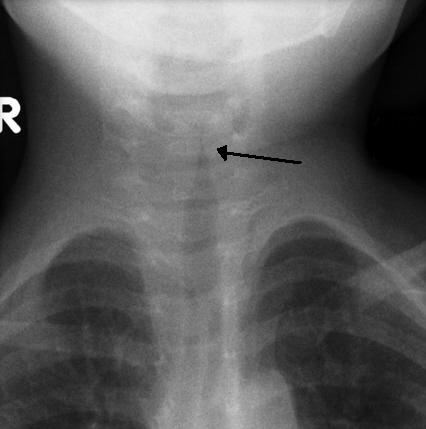The 24 Most Common Childhood Illnesses
Croup, Respiratory Syncytial Virus, Ear Infection, and Glue Ear
Copyright © 2012 Vicki Riviera All Rights Reserved; content may not be copied, rewritten, or republished without written permission; Posted December 8, 2012


If you have children you know that coming down with something can be both mysterious and scary. Even scarier is the prospect of rationed health care when Obamacare kicks in.
New parents, this article will shed some light on the 24 most common childhood illnesses. Having knowledge is not a cure, but it will certainly eliminate some of your anxiety. So, read on!
Disclaimer: The author is not a doctor. This article is informational material only and does not constitute medical advice. Contact your physician for all medical conditions.
Croup
Croup makes itself known by a tight cough. It sounds a bit like a barking seal (don’t laugh). What causes this cough? An inflammation located in the upper airways. This is usually caused by a virus.
If you notice that your child’s breathing has become severely impaired, get to the hospital for treatment. Usually though, most children get better on their own within about a week or so. This condition is most likely to occur in children under the age of 5.
Respiratory Syncytial Virus (RSV)
RSV isn’t quite as severe in older children and adults but it is the leading cause of inflammation of the small airways (also called bronchiolitis) as well as pneumonia in America so it’s certainly something to be concerned about.
This infection starts with the development of flu-like symptoms. These may include fever, a runny nose, and cough. As many as 40% of youngsters with their initial RSV infection will develop noticeable wheezing. This is why it is so hard for a parent to identify.
You will need to have your child seen by a doctor. The good news is that only about 2% will require hospitalization.
Ear Infection
Youngsters are likely to develop ear infections since they have such small Eustachian tubes. These are located between the ears and the throat. They can get blocked off when a common cold results in an inflammation.
Next, fluid becomes trapped in the middle ear, which is behind the eardrum. This, in turn, sets the scene for germs to breed. Your child may experience symptoms such as fever, fussiness, and ear-pulling.
What causes ear infections? One big culprit due viruses and may away on their own. Vaccinations can help avoid infections from some bacteria that can bring on ear infections.
Glue Ear
Yes, this one sounds bigtime yucky. It’s actually a buildup of fluid in the area of the middle ear. One problem is it may not present any pain.
This condition is technically called otitis media with effusion (OME). Many times, it follows closely on the tail of an upper respiratory infection or an acute ear infection.
In the majority of cases, the fluid goes away on its own within a two to three weeks. However, if it does not or if it’s thick and has the consistency of glue, it may interfere with your little one’s hearing.
Your doctor may want to insert ear tubes to assist in draining the fluid. In fact, this is a very common procedure.
Go to page 1 2 3 4 5
More Recipe and Nutrition Articles
- Healthy Red Blood Cells Need Vitamin B12
- 3 Herbal Teas for Immune System Support
- Should You Steer Clear of Genetically Modified Food?
- Understanding Nutrition Labels and Serving Size
Website © 2011 KSmith Media, LLC; all rights reserved; content may not be copied, rewritten, or republished without written permission. Webmaster’s Google profile

